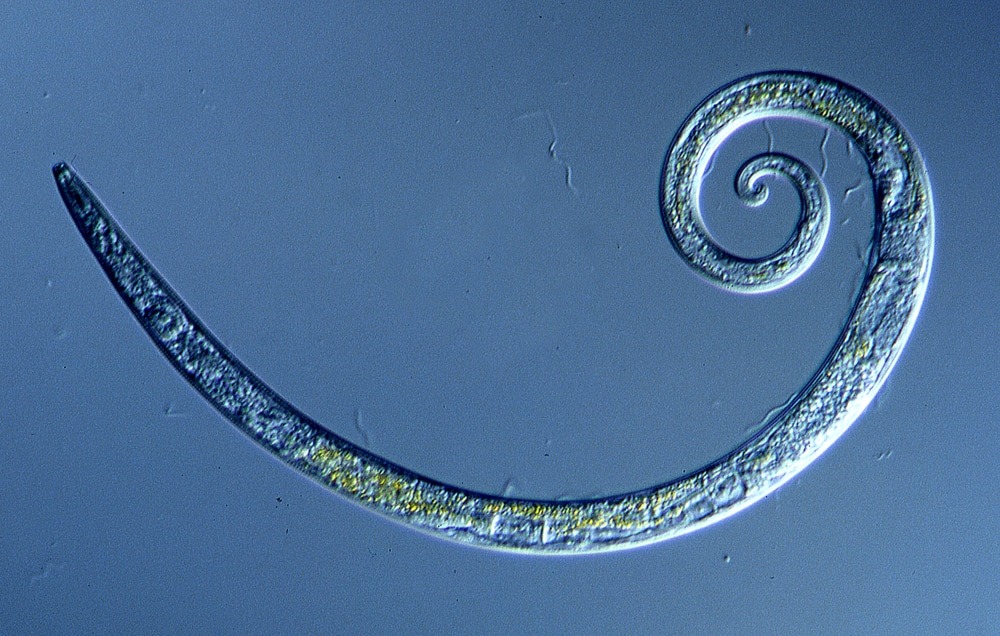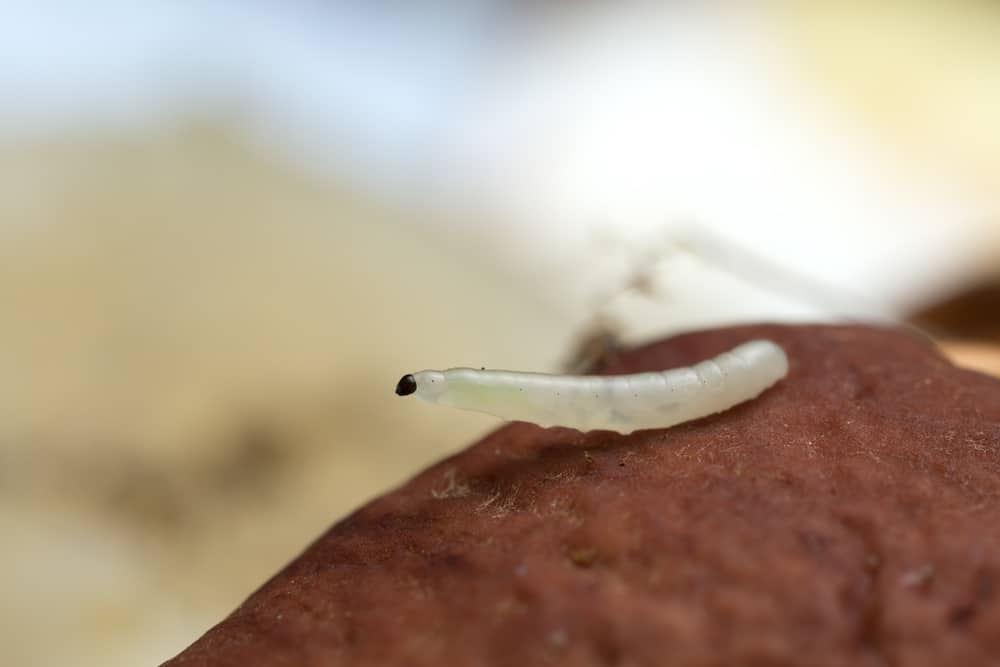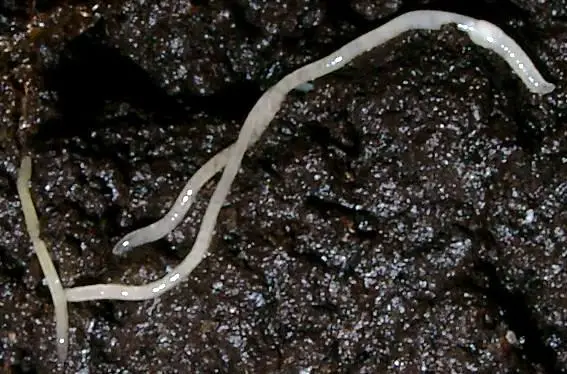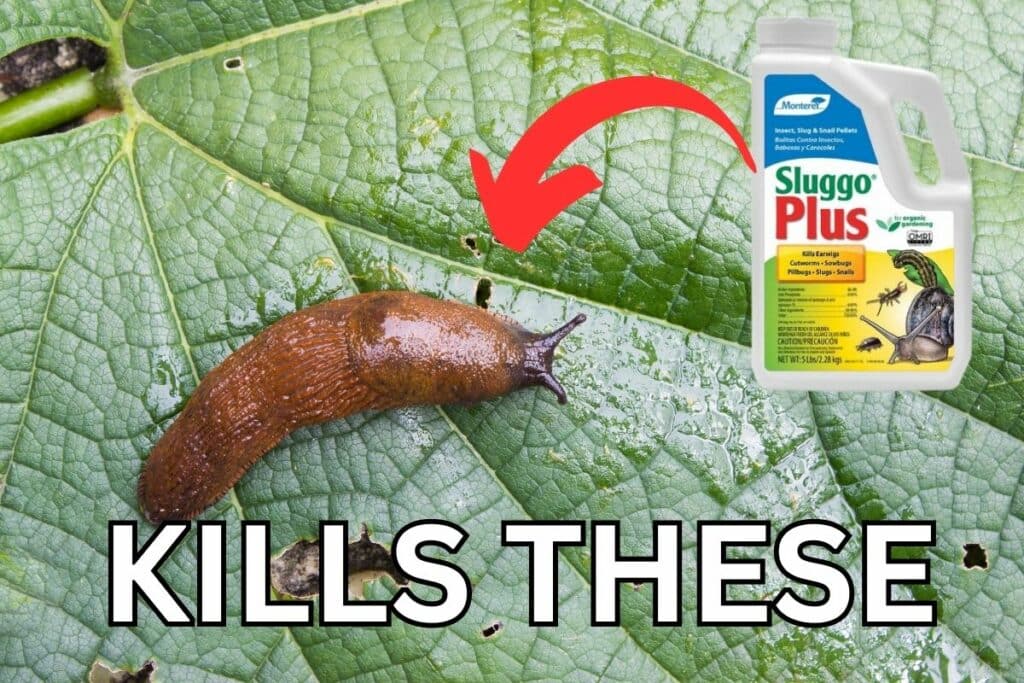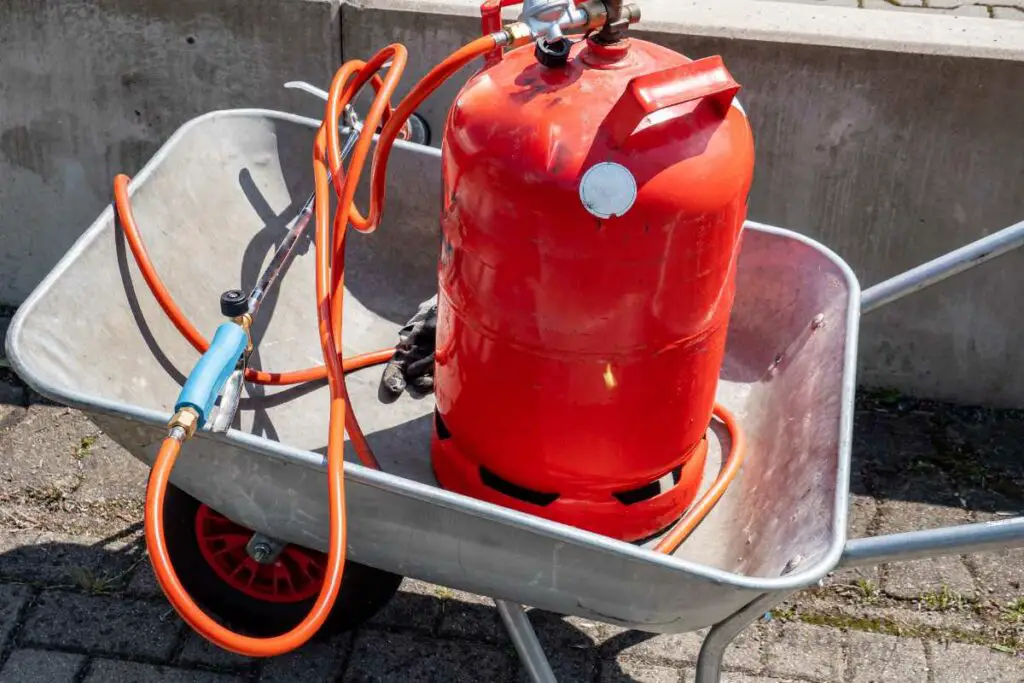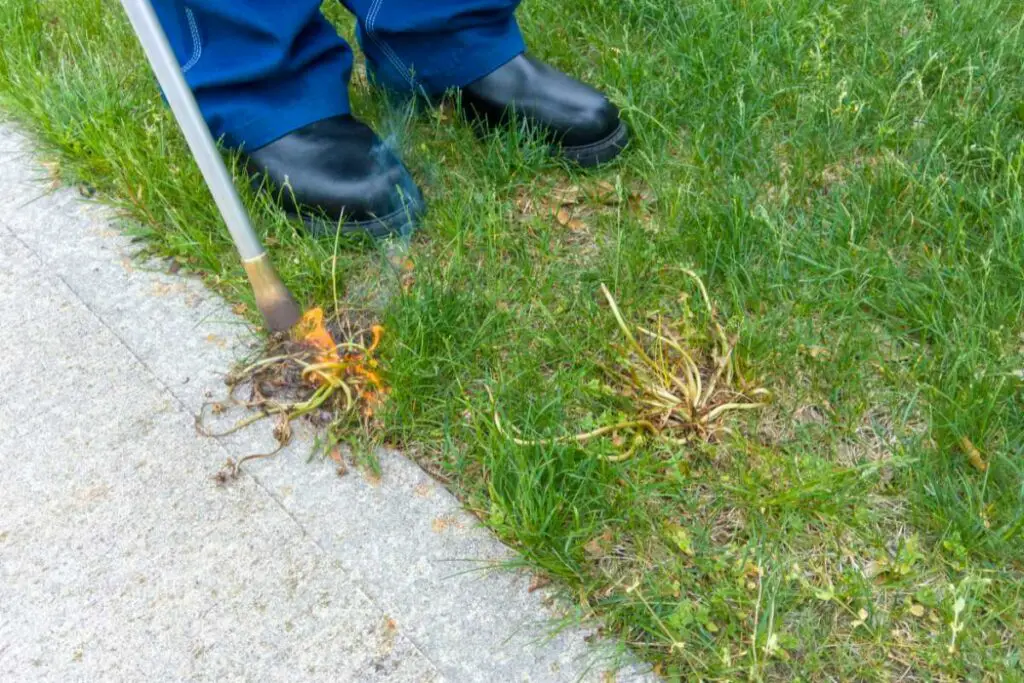When you first notice that your plants are begging to droop or sag downward, you can quickly correct the situation by providing physical support with a stick, adding some extra water to the soil, checking for bugs, or checking for fungus.
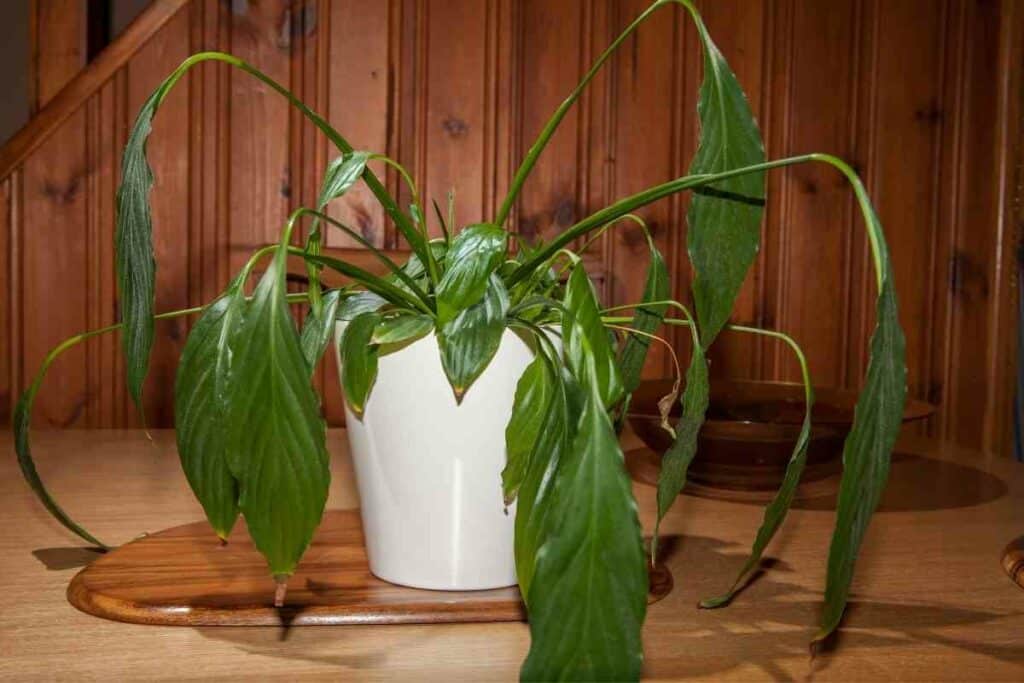
When your plants become weak and start drooping towards the floor, they are telling you there is something wrong and you need to act quickly.
In This Article – We will talk about the many reasons your plant could become droopy and the best ways to fix the problem.
What Causes Plants to Droop?
Like any living being, plants require proper water, nutrition, and care in order to thrive.
When your plant isn’t getting optimal care, it will not be strong enough to hold itself up straight, hence, starting to droop.
Over or Under Watering
If your plant is flopping over, the first thing you should consider looking at is the soil to see if it has enough water or too much.
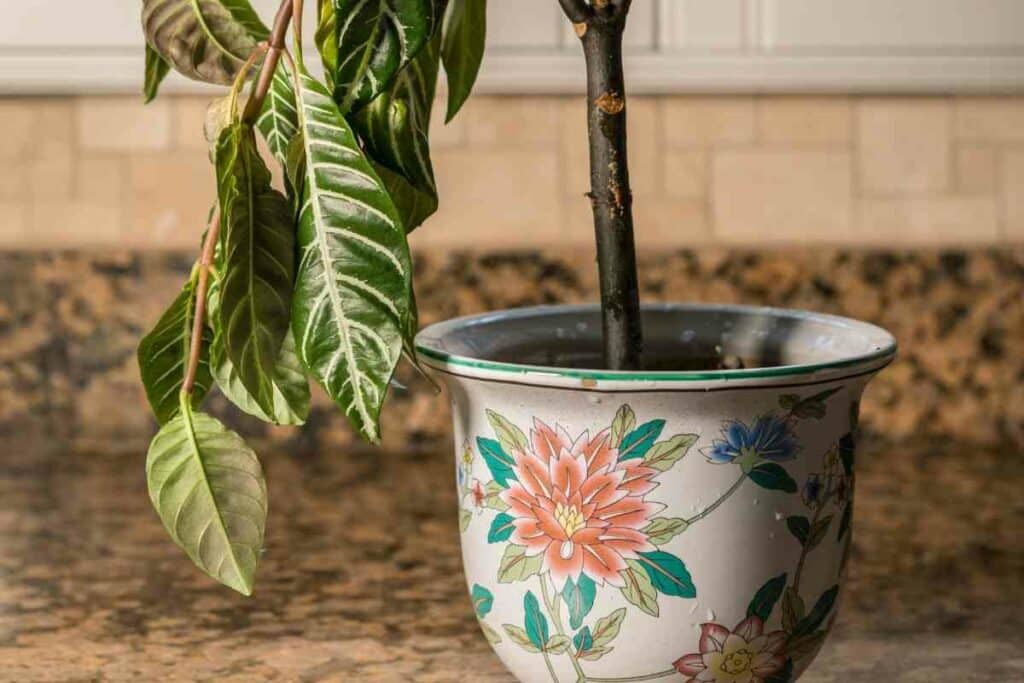
If there isn’t enough water in the soil, the plant will begin to dehydrate and, without enough nourishment to the root and steams, will start to sag.
On the other hand, if you are overwatering your plant, you can drown them, which can lead to dead roots that are likely to develop fungus.
This fungus or mold will spread throughout the plant and cause it to droop.
Bug Infestation
Insect activity is another common problem that is often associated with plant weakness.
A heavy infestation is going to harm the plant’s structure, causing it to weaken and fall over.
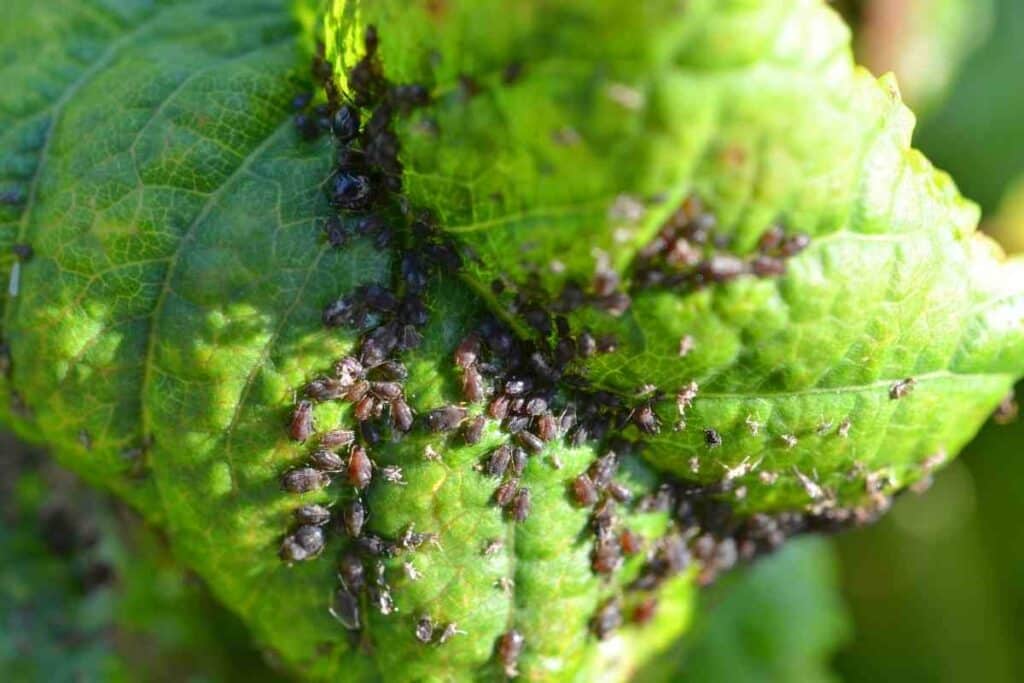
There are a few common bugs to watch for that can do some extensive damage to foliage.
- Aphids– often called plant lice, Aphids are small, soft-bodied pests that come in many colors and literally suck the life out of the plant by draining it of nutrients by removing the liquid from inside the stem and leaves.
- Spider Mites – Spider mites hide underneath the leaves of plants and resemble tiny spiders that feast on foliage.
- Mealy Bugs – Mealy Bugs are sapsuckers with white, furry scales that look like they are coated in flour meal.
- White Flies – Whiteflies are coated with white powdery wax and feed off of plant sap.
Lack of Proper Lighting
Plants grow towards the sun (or a similar light source); without enough lighting or access to the warmth and glow of the sun, your plant will lose its strength, making it difficult to hold itself up.
How to Fix Your Plant that is Drooping
Now that you know the primary reasons plants will droop.
Let us take a look at the best ways to correct the situations and bring your greenery back to life.
Provide Adequate Water Supply
Each plant will require a different amount of water depending on what area it is native to and where it is currently living.
A tropical plant (some of the most popular house plants) won’t require too much water, just enough to dampen the soil near the roots.
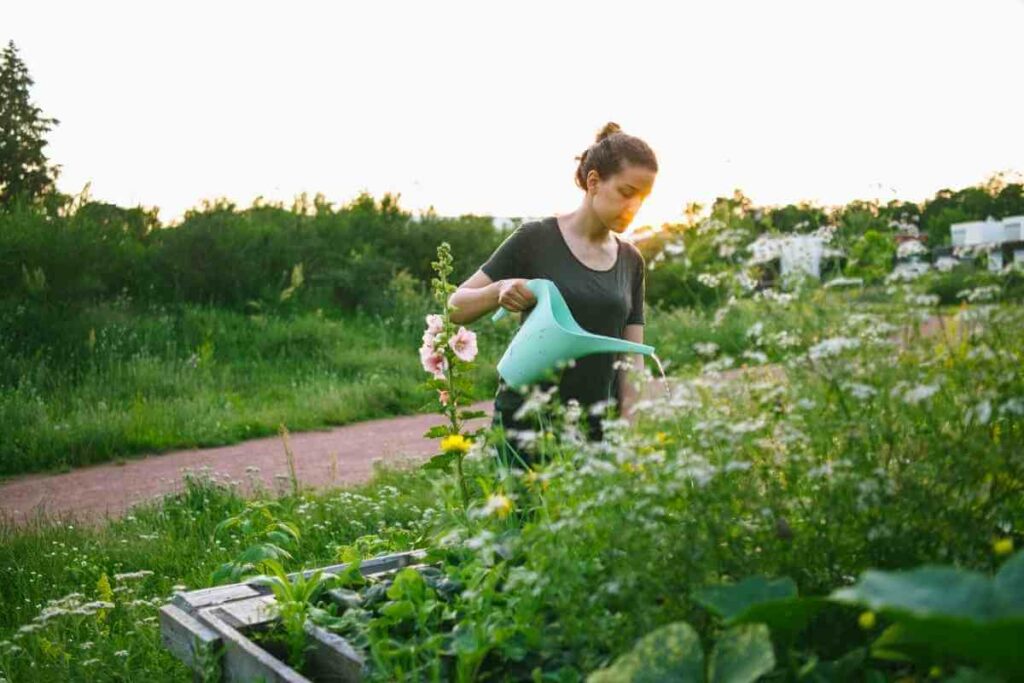
Typically, you should only water tropical plants once the soil is dry an inch or so down.
Other plants may require a bit more water, where the soil is continuously moist but not soaked, such as lily of the valley, daylilies, and Irises.
Additional signs your plant isn’t getting enough water:
- Soil is dry
- The leaves are wilting
- The leaves are browning or wrinkled
- The plant stopped growing
Provide Effective Drainage
Whether your plants are indoors or outside, it is imperative that the soil or pot provides plenty of drainage for the water to move past the roots.
If your water starts to pool, you will kill your roots.
If your plant is living indoors, make sure you have plenty of holes drilled into the bottom of your plant pot, you may also want to add some small rocks or under the plant to add to the drainage system.
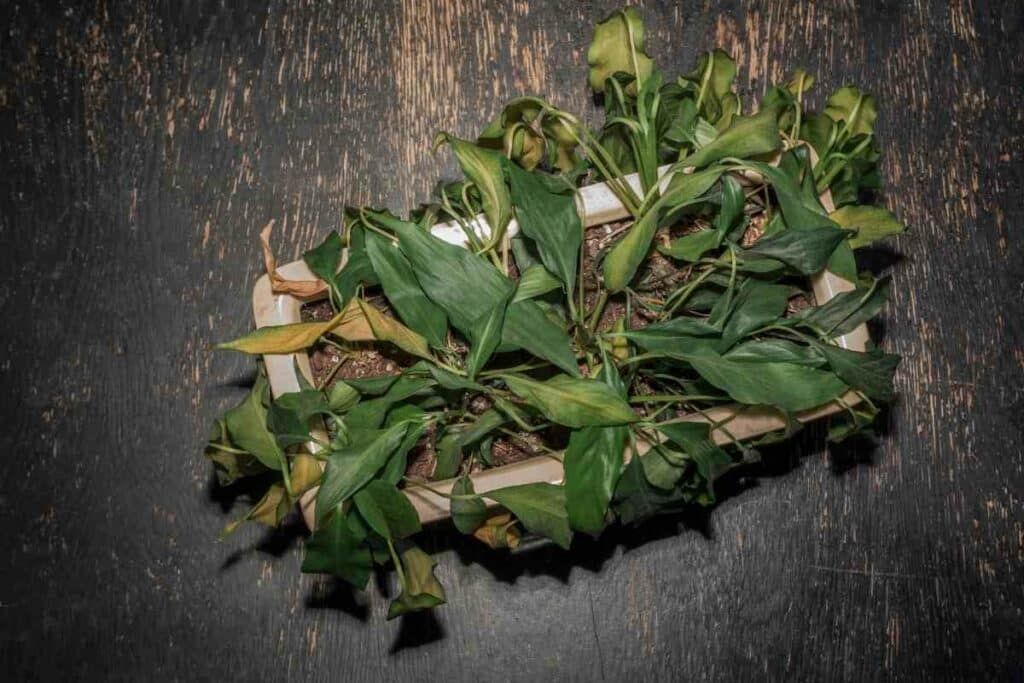
If your plant is outside, place it in a location with well-draining soil that isn’t compacted in the dirt.
Additional signs your plant is getting too much water:
- Leaves are turning yellow
- No new growth
- Soil is saturated
- Algae or fungus will be present in the soil or on the plant
Offer a Light Source
If your plant is drooping and located in a shady area or inside where there is no access to the sun, provide a light source to perk it up.
Place a potted plant near a window or offer it an alternative lighting option.
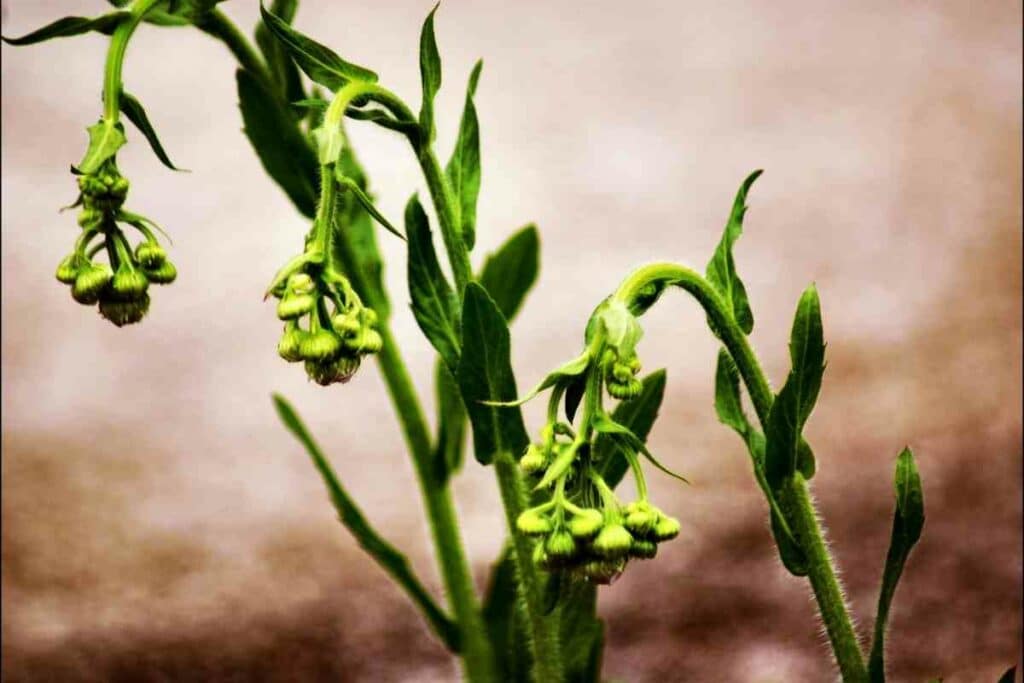
If your foliage is outside, transplant it to another location that provides more sun, or remove the source blocking its view.
Additional signs your plant isn’t getting enough light:
- Stops growing
- Leaves will lose their dark green coloring
- Spacing between leaves will increase
Offer Extra Plant Food
Maybe there aren’t enough nutrients in the soil to provide your plants with the strength they need to survive.
Do a little research on the best food for your particular plant and see if that corrects the problem.
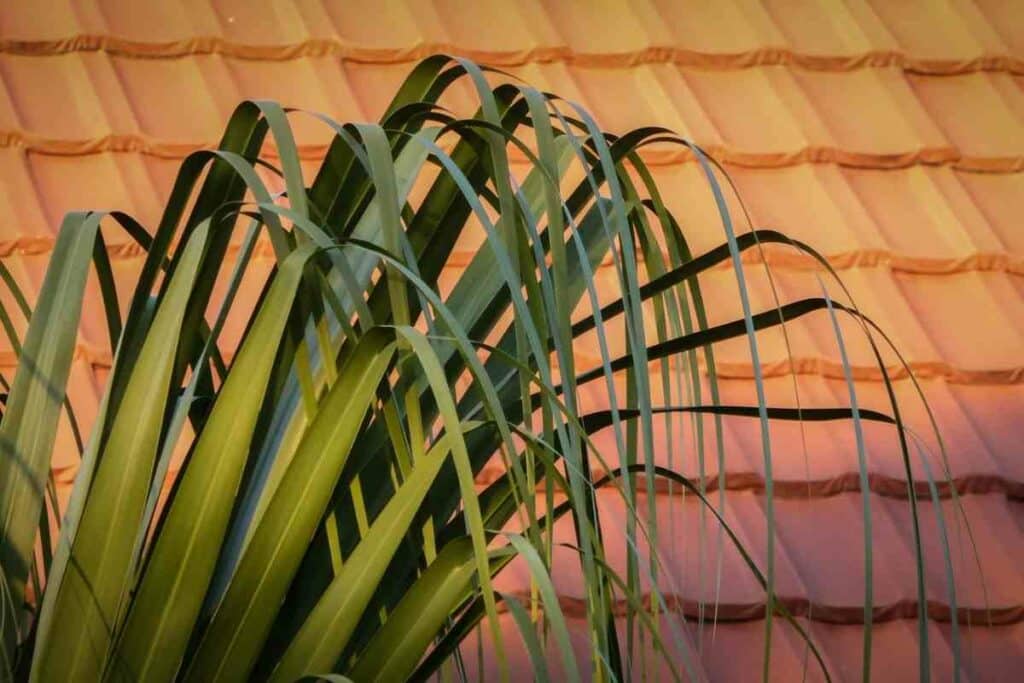
There is a wide range of food that is versatile and can be used with just about any type of plant, or you can buy plant-specific foods and additives to increase your foliages appearance and strength.
Additional signs your plant isn’t getting enough nutrients:
- Purple or brown spotting on the leaves
- Browning on the edges of the leaves
- Taking longer to mature
- Stunted growth
Frequently Check For Infestation
If the issues above are not the cause of your drooping plants, then keep a close eye on bug activity.
There are many products available to treat plant bug problems, as well as natural alternatives and DIY solutions.
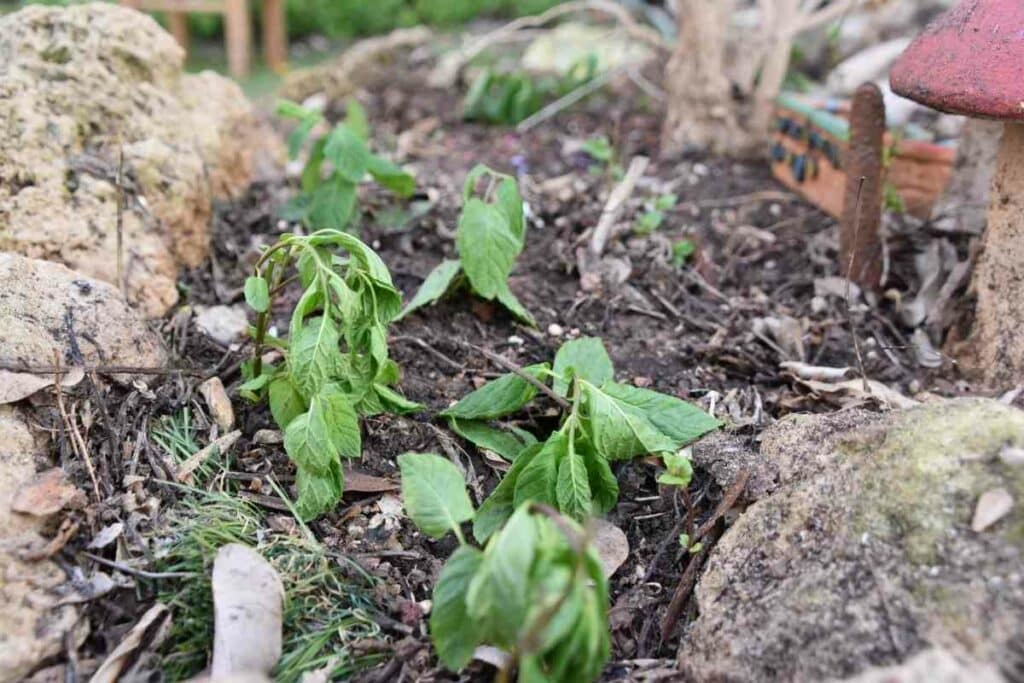
While we listed a bunch of different types of insects above that can be frequently seen destroying plants, they are not the only creatures that can quickly drain the life out of your foliage.
Keep an eye out for other intruders such as snails, butterflies, earwigs, beetles, caterpillars, and more.
Additional signs your plant has succumbed to infestation:
- Small holes in the foliage
- Wilting leaves
- Visible eggs underneath leaves
- Browning or yellowing of leaves
- Snail slime trails
Give it a Crutch
If you have extremely tall plants, or as a temporary solution to weak ones, insert a stick into the soil close to the drooping plant and tie it around the stem.
This will help support your sick plant until it is healthy enough to stand on its own.
If you have smaller plants, you can use a popsicle stick and for larger plants, purchase a wooden dowel.
Add More Soil
Maybe the solution to your situation is simply adding more soil.
If there isn’t enough soil or dirt around the roots and bottom half of the steam, there isn’t going to be enough support for the plant to stand up straight.
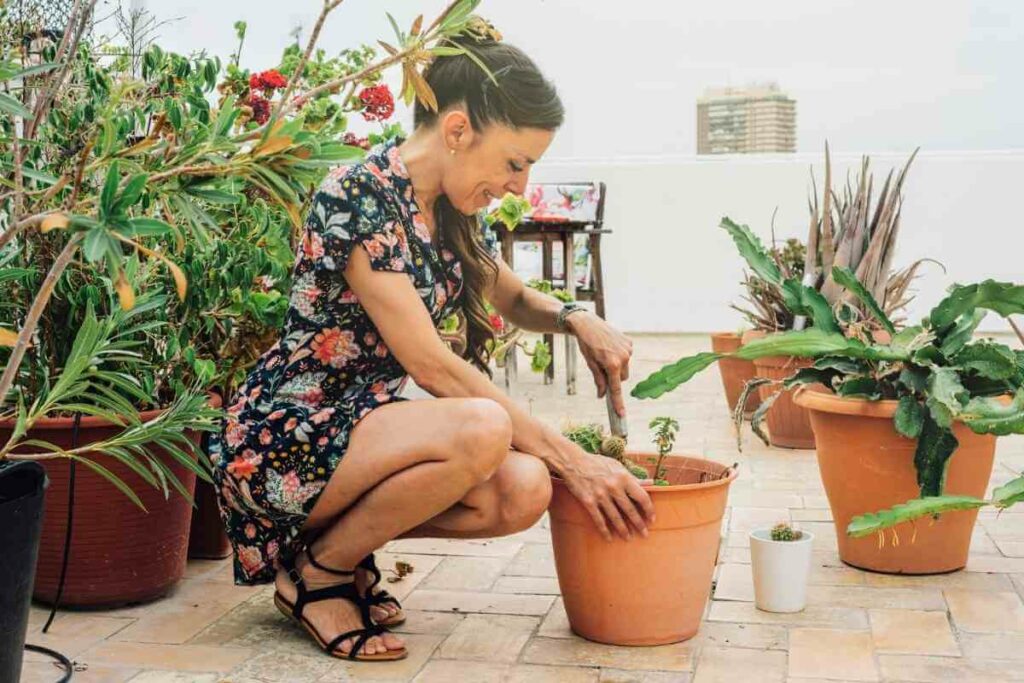
Adding a little extra soil may help provide the support needed to keep your plant standing up on its own.
Summing Things Up
There can be a number of things that can cause your plant to droop down.
The best way to solve the problem is to understand your plant, quickly notice when something is wrong, and have the proper knowledge to pinpoint the problem.
